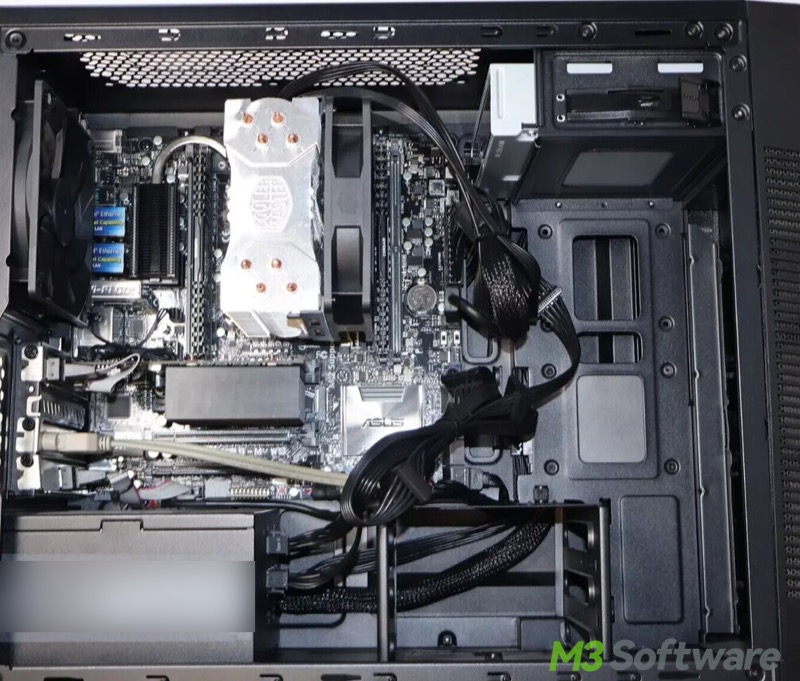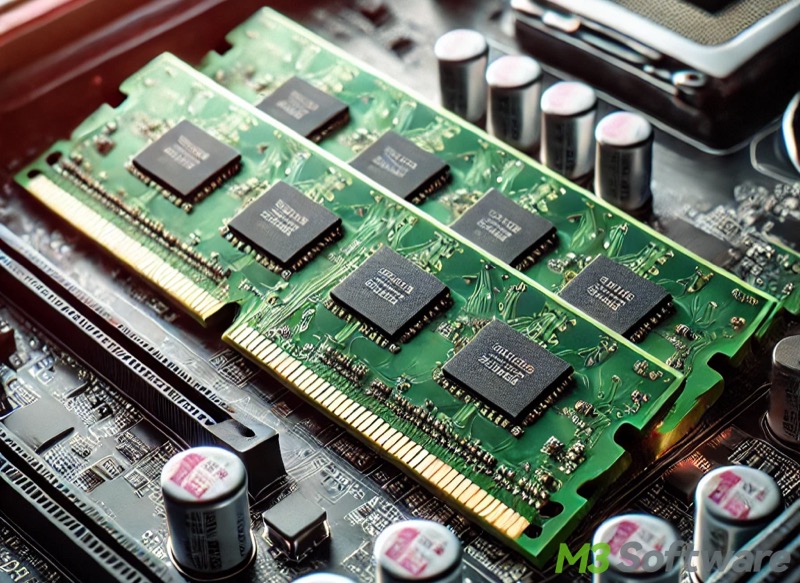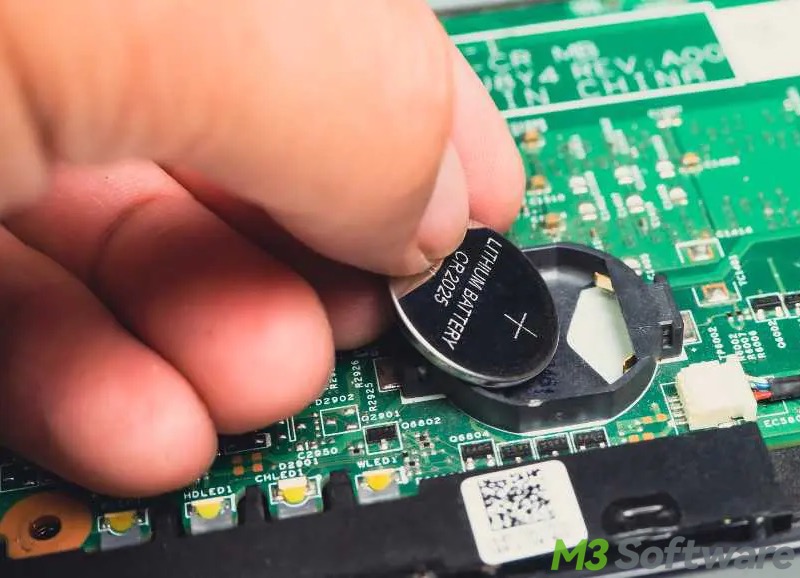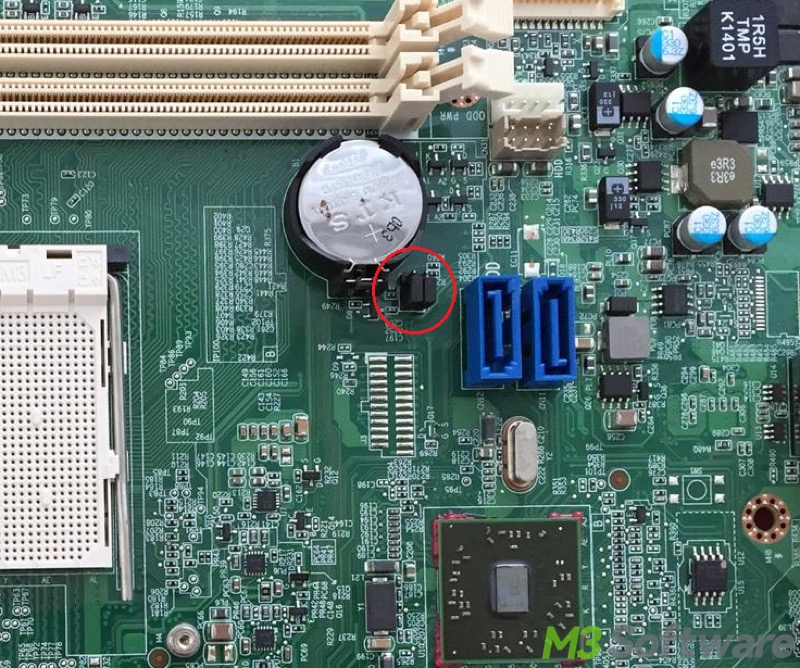Written by
Wilsey YoungOnce your desktop computer, under normal circumstances, powers on, you can visually notice the fans and lights in the computer case start to work, followed by the boot screen (startup picture) on the computer monitor, then you can start using your PC eventually.
Some desktop computer (typically with Windows OS) users report the "computer powers on but won't boot" issue. After pressing the power button on the computer case, the fans and lights in the chassis work normally. However, the monitor and some peripherals like the keyboard and mouse don't, which seems as if they had never been connected to the motherboard or case.
This post from m3datarecovery.com revolves around this "computer powers on but won't boot" or "computer powers on but nothing displays" issue and offers several proven solutions.
You can click the buttons below to share this post!
Reddit discussions on "computer powers on but won't boot."
The "computer powers on but won't boot" issue on a Windows desktop PC also arouses heated discussions in Reddit's post, where related analysis and workarounds have been discussed.
You can try finding out what may cause this annoying glitch and corresponding solutions according to the information displayed in the following Reddit post.
PC sometimes does not boot up. What can I do?
by u/lfcalderon0908 in buildapc
Solutions to the "computer powers on but won't boot" issue
In this part we list the most common causes that may trigger the "computer powers on but won't boot" issue, and corresponding solutions are provided below each cause analysis.
Check loose connection
The cable of some key components might have loosened its connection to the motherboard or others (e.g. graphic card).
Checking the connection and reseating everything possible inside your PC, particularly cables, RAM, CPU, and graphics card, should be the priority when your computer powers on but won't boot. For example, ensure the CPU and GPU are 100% correctly seated.
Check power supply
Insufficient voltage to the CPU, motherboard, or other crucial components may be responsible for the "computer powers on but won't boot" problem. Here's the item you should pay attention to:
- Turn off and unplug the power supply unit.
- Check, reseat, or replace the 8Pin (it may vary) CPU cable.
- Check, reseat, or replace the 24Pin motherboard cable.
- Check, reseat, or replace the GPU cable.
Check computer monitor
Here's the easiest way to check whether your computer monitor can function properly:
- Disconnect your computer monitor from the computer case, but keep the monitor plugged in.
- Turn the monitor off and on to see if it displays any diagnostic information or contents.
- If no contents are shown, further troubleshooting will be needed.
Check RAM
If you hear the beep sounds during startup but there's no output from the monitor, it may be the indicator of the faulty RAM that could be the culprit for "computer powers on but won't boot."
- Turn off the power supply unit.
- Take the RAM off from the motherboard.
- Gently wipe the RAM with a clean, dry, and soft cotton cloth.

- Reseat the RAM to see if it works.
Check computer peripherals:
The conflicts brought by the USB devices, external drives, or other peripherals may lead to the "computer powers on but won't boot" issue.
- Turn off your computer.
- Remove all unnecessary peripherals, such as USB devices, external drives, keyboard, and mouse.
- Turn on your computer and see if it can boot up.
Check BIOS/UEFI or CMOS battery
The hardware cannot be properly initiated due to improperly set or corrupted BIOS/UEFI. If your computer powers on but won't boot after BIOS/UEFI settings are changed, try restoring your BIOS/UEFI to default.
Moreover, a faulty CMOS battery is possibly to blame for the "computer powers on but won't boot" issue. You can follow the steps below to reset the BIOS/UEFI by clearing the CMOS.
- Turn off and unplug your computer.
- Locate the coin-shaped CMOS battery on the motherboard.
- Gently press the battery release lever and remove the CMOS battery from the motherboard.

- Wait 5 to 10 minutes.
- Reinstall the CMOS battery.
- Turn on your computer to see if the “computer powers on but won't boot” issue is fixed.
You can also clear the CMOS by using the CMOS reset jumper:
- Turn off and unplug your computer.
- Find the CMOS reset jumper. Generally, it's located next to the CMOS battery (see details in the user manual).

- Move the jumper from its default pins to other pins or the "clear" position for a few minutes (the user manual may show how).
- Return the jumper to its original position.
- Turn on your computer.
Why not share this post with your friends?
